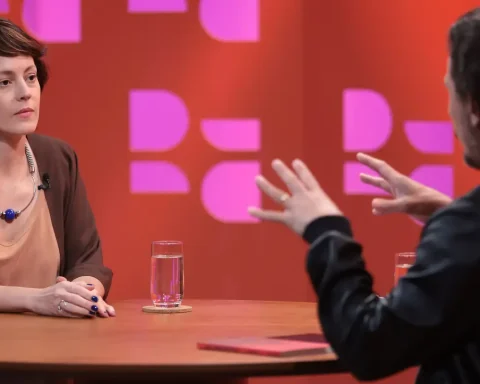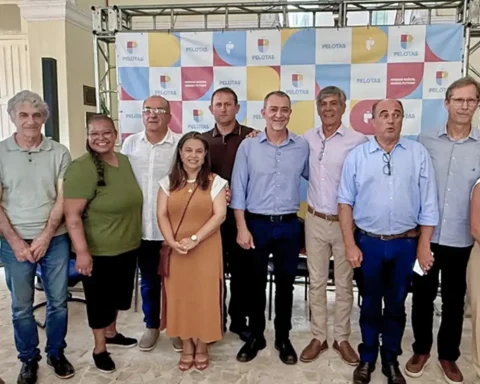The potential for social allocation of Income Tax (IR) is BRL 9.65 billion in 2023, the Federal Revenue informed the Brazil Agency. The destination of the IR is a way of encouraging social and cultural projects, in which the taxpayer can donate part of his tax to special funds – for children and adolescents, and for the elderly – audiovisual activities, in the area of culture, in addition to projects sports and parasports.
The potential amount for this year corresponds to the total that can be allocated, considering both the amounts that have already been donated during the 2022 calendar year and that will be informed in the tax return by the taxpayer, and the amount that can be allocated directly in the Income Tax Return Individual Income (DIRPF) of 2023, upon payment of Federal Revenue Collection Document (Darf).
The delivery period of DIRPF was opened in March 15thço and follow until may 31st. Revenue expects to receive 39.5 million declarations by the end of the term.
Individuals can allocate up to 6% of the tax due or 7% if it includes sports projects. If the allocation is made directly in the declaration, the limit is up to 3% of the tax for each fund – children and adolescents; and elderly. These amounts are deducted from the income tax due, that is, the taxpayer does not pay anything extra for it. In cases where the citizen has tax to refund, the amount will be added to the refund.
For several years, the Federal Revenue has kept the Destination Campaign active, to encourage this type of donation. In an interview at the end of last month, to detail the statement rules of the income tax, the Undersecretary of Revenue Collection, Registration and Service, Mario Dehon, highlighted the importance of this act.
“The tax serves to finance public policies in general, but when you allocate part of the IR you know exactly where it will be applied”, he said. “This can make a difference for certain funds”, he added.
On the Recipe page, there is the step by step on how to make the allocation for individuals and companies.
Donations directly in the statement
The allocation directly in the statement can only be made to municipal, state, district and national funds for children, adolescents and the elderly. To do this, at the time of the declaration, the taxpayer simply fills in the form Donations Directly in the Declaration and pays the Darf by the final deadline for delivering the declaration, which this year is may 31st.
In 2022, according to the Federal Revenue, more than R$ 143.4 million were allocated in the declaration, referring to the calendar year 2021, to funds for children and adolescents and R$ 78.2 million to funds for the elderly.
To deduct the amounts donated, whether in the declaration or during the year, the DIRPF must be completed in the complete regime, of legal deductions. It is not possible to make the allocation of tax if the declaration is filled out with the simplified regime.
Donations throughout the year
During the year, the amounts can be donated directly to special funds and projects previously approved by the competent bodies. In the case of cultural projects, the allocation is made within the scope of the National Cultural Support Program (Rouanet Law) to projects previously approved by the Ministry of Culture.
The audiovisual projects or programs to be benefited by donations must be previously approved by the National Film Agency (Ancine), based on the Law No. 8.685/1993, which promotes Brazilian cinema. And for the incentive to the sport, the regulation is made
for the Law No. 11,438/2006and projects must be previously approved by the Ministry of Citizenship.
The allocation of the IR during the year can be made through a bank deposit directly to those responsible for the projects or in accounts linked to municipal, state, district or national funds for children, adolescents and elderly people.
It is important to always request a receipt for the donation, which must be issued in favor of the donor. To deduct the amounts in the declaration for the following year, the taxpayer must inform the transfers in the Donations Made form, in the DIRPF.
Companies that are taxed on the basis of actual profit can also encourage the same activities and funds within the income tax assessment period, whether quarterly or annually. In this case, the value is up to 1% for each fund (children and adolescents; and seniors), 2% for sports projects and up to 4% for cultural or audiovisual projects.
Donations, which can be in cash or in kind, will be deducted from the tax due in the company’s accounting and bookkeeping. Amounts earmarked above the established limits cannot be used in subsequent calculation periods. Companies taxed on the basis of presumed profit, arbitrated profit and those opting for Simples Nacional will also not be able to use this tax incentive.
.

















